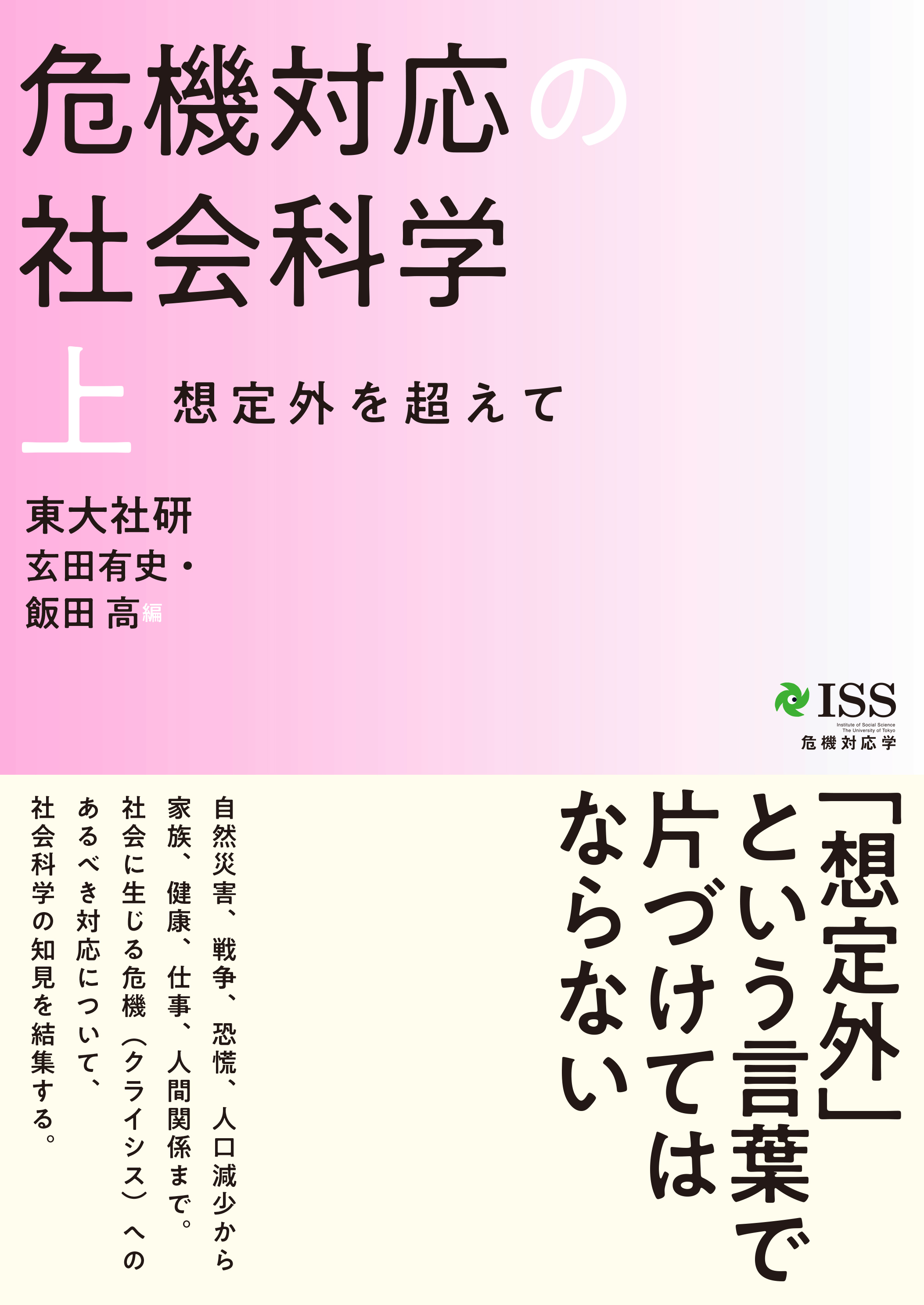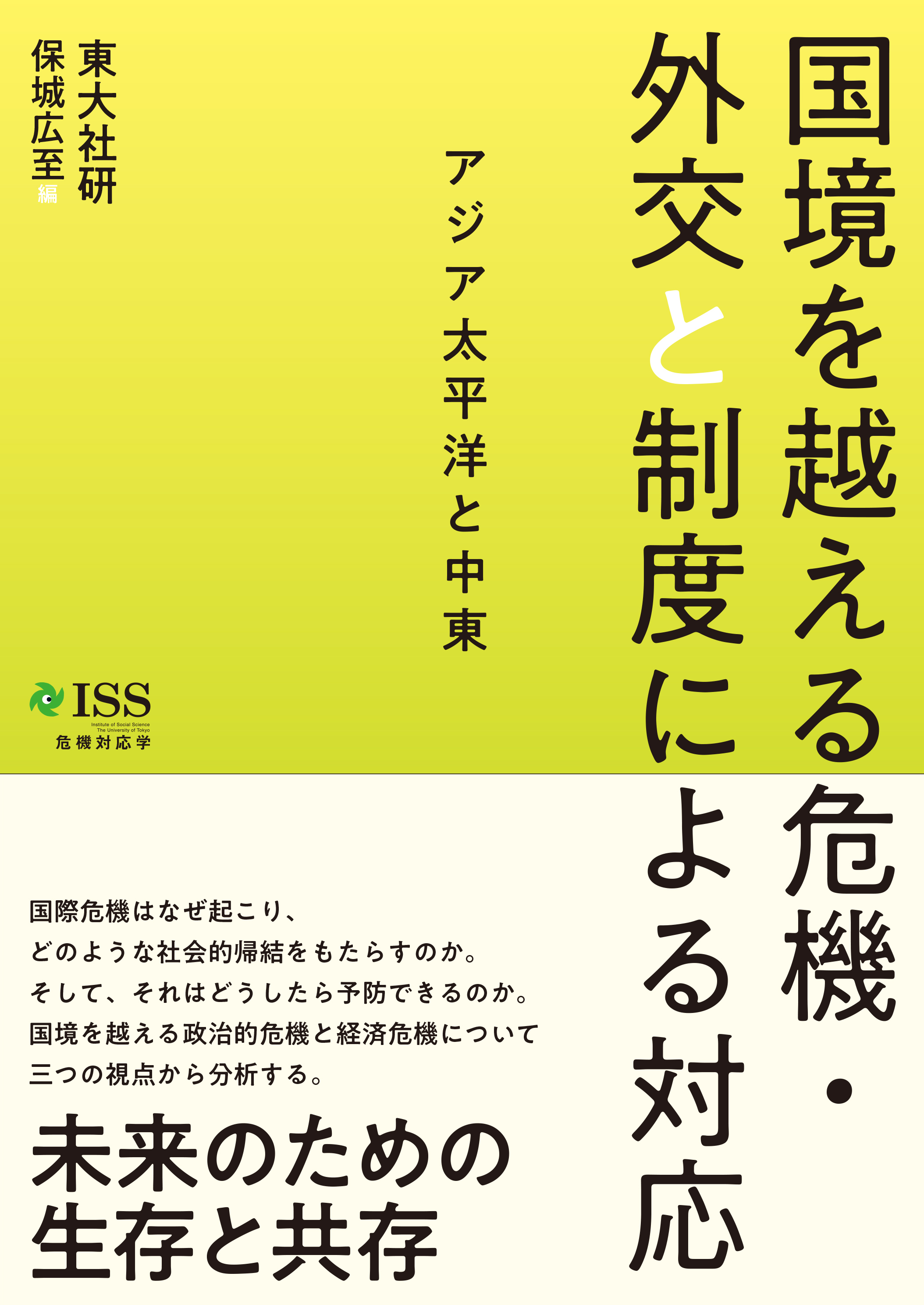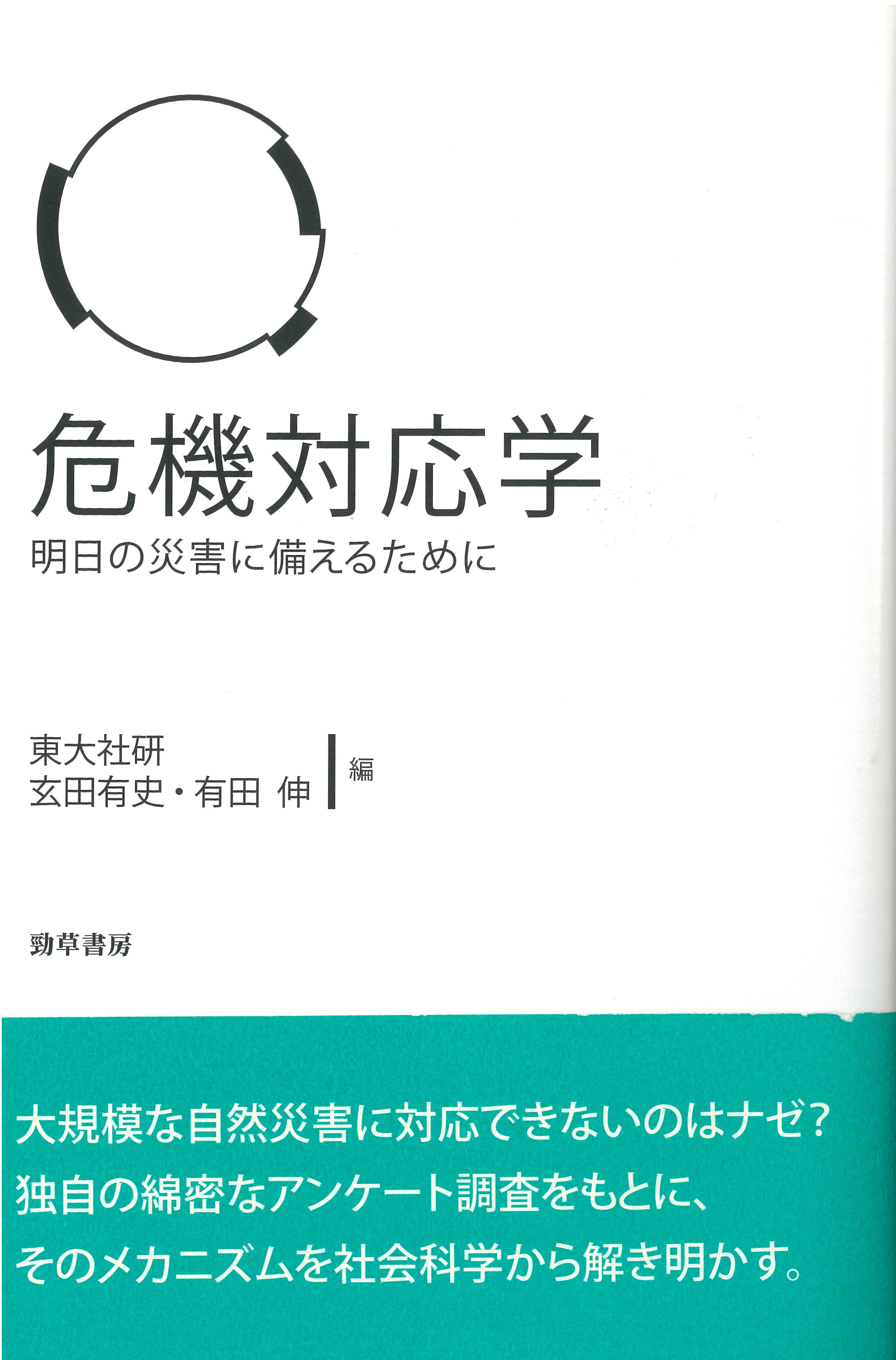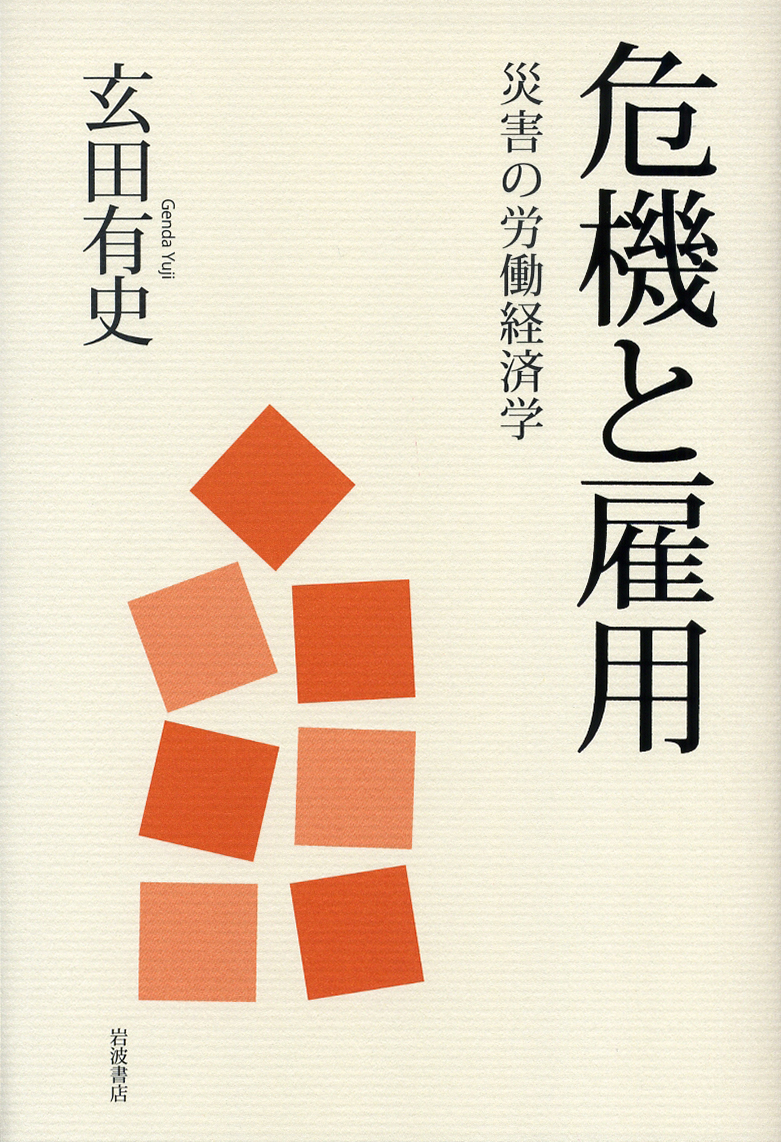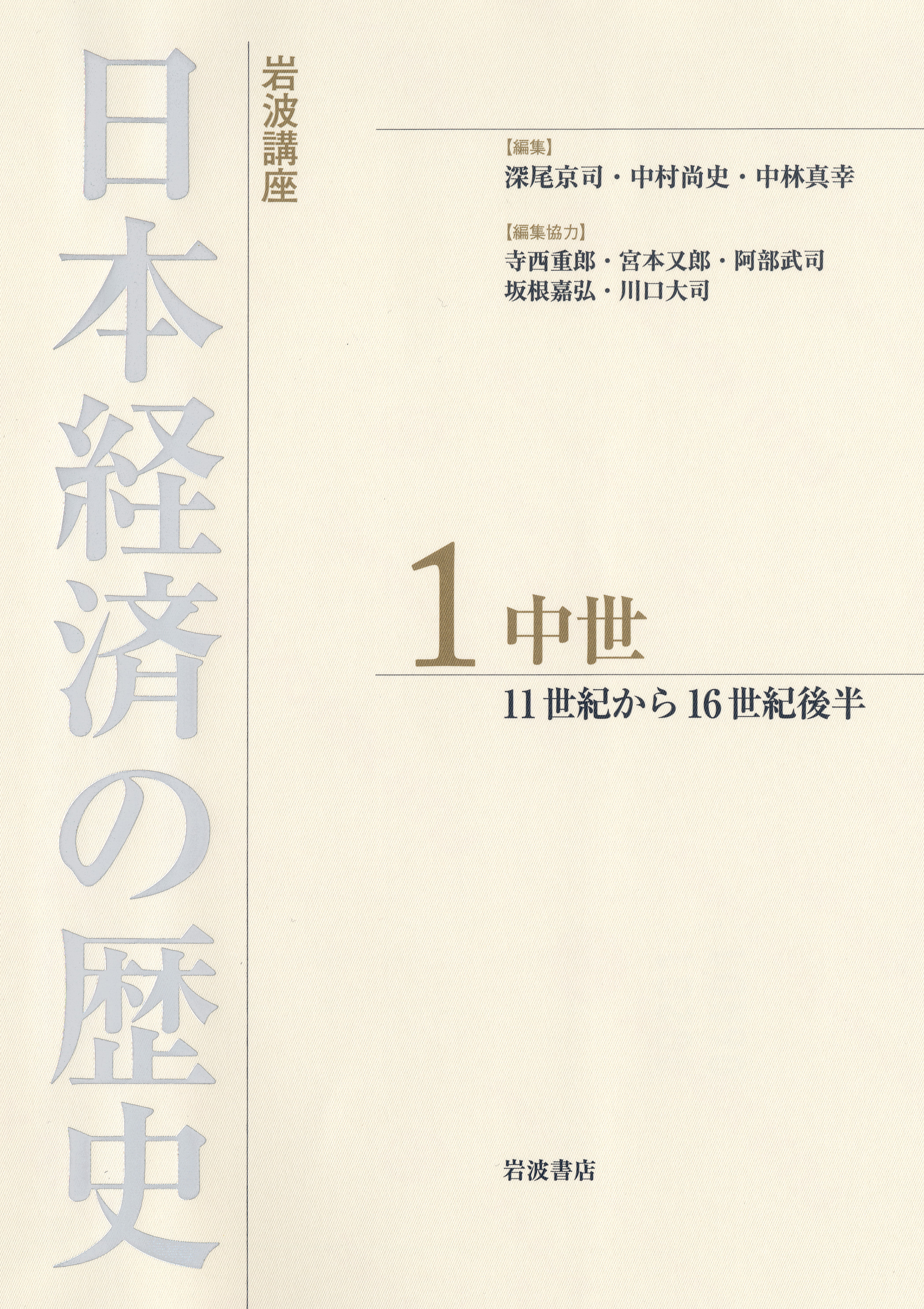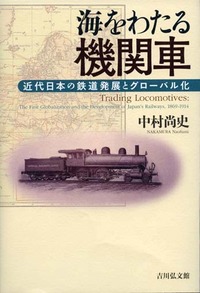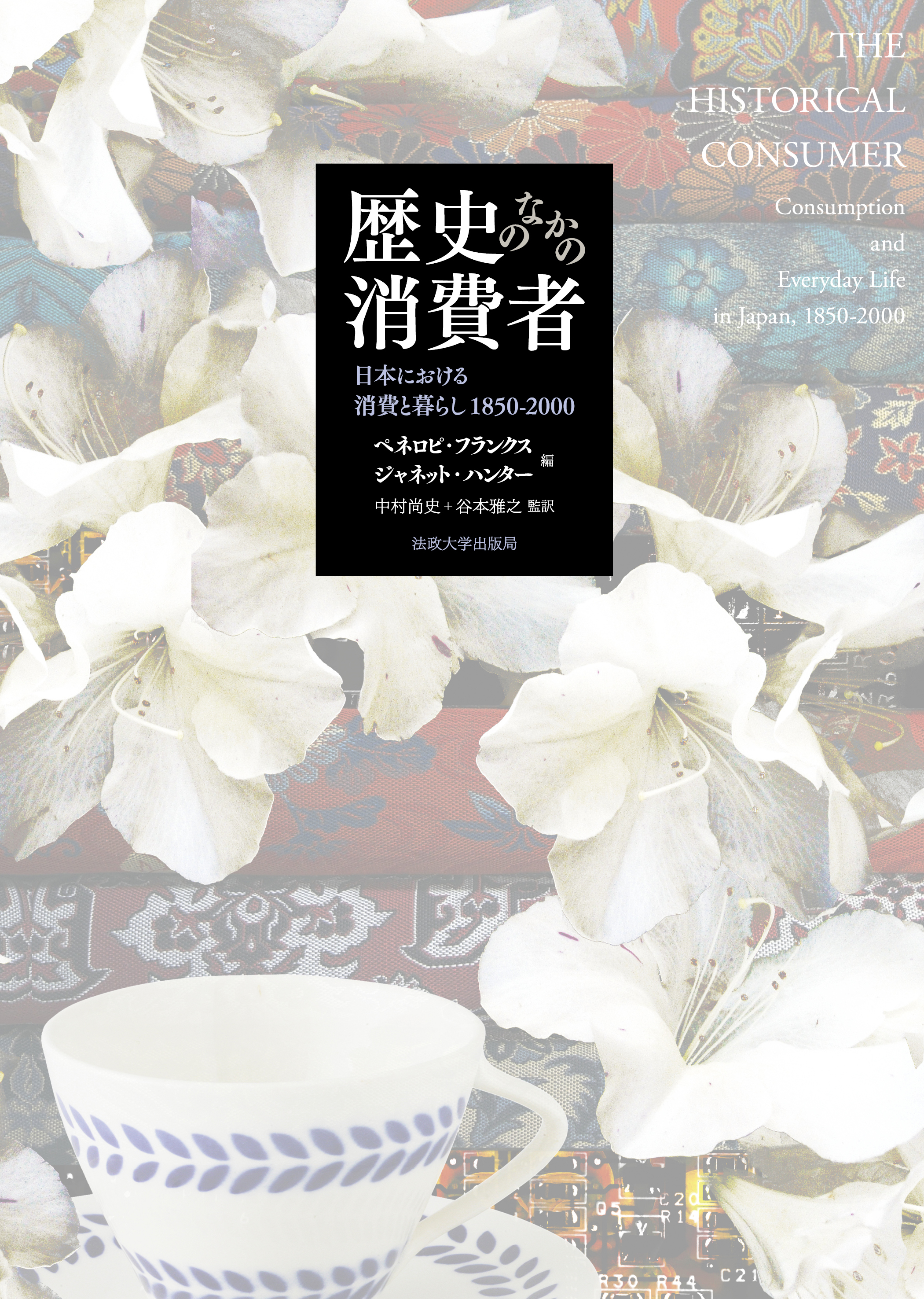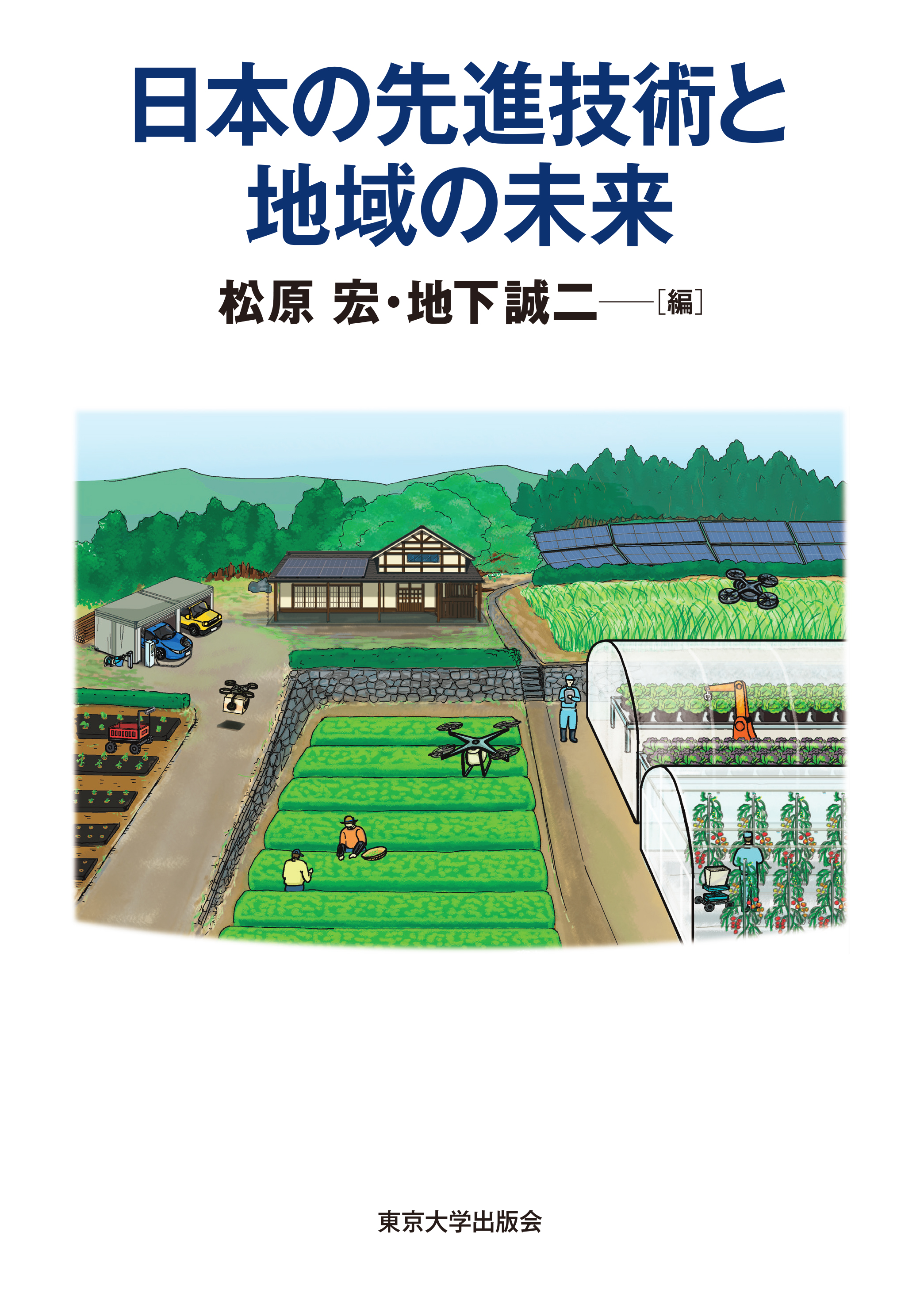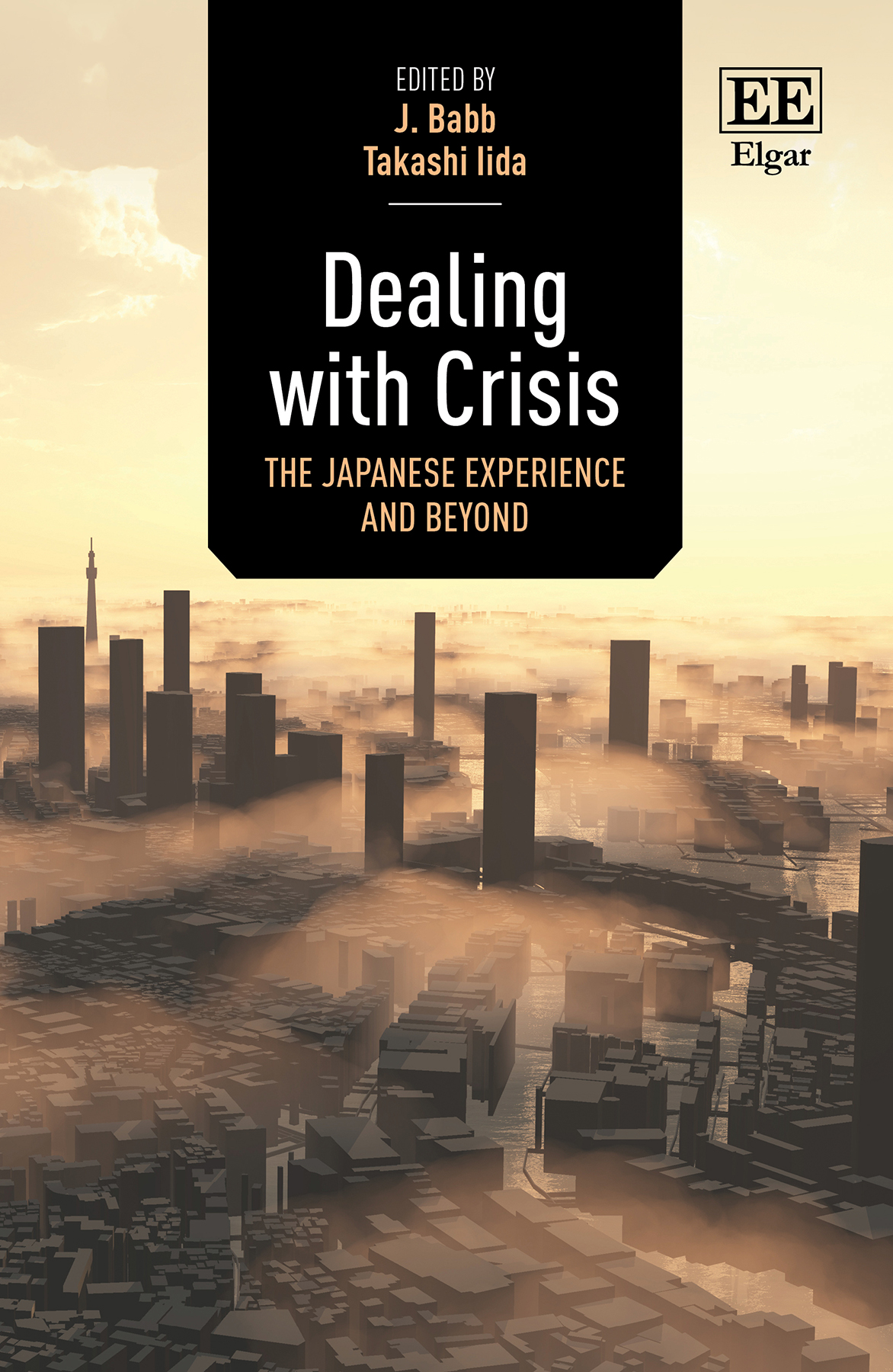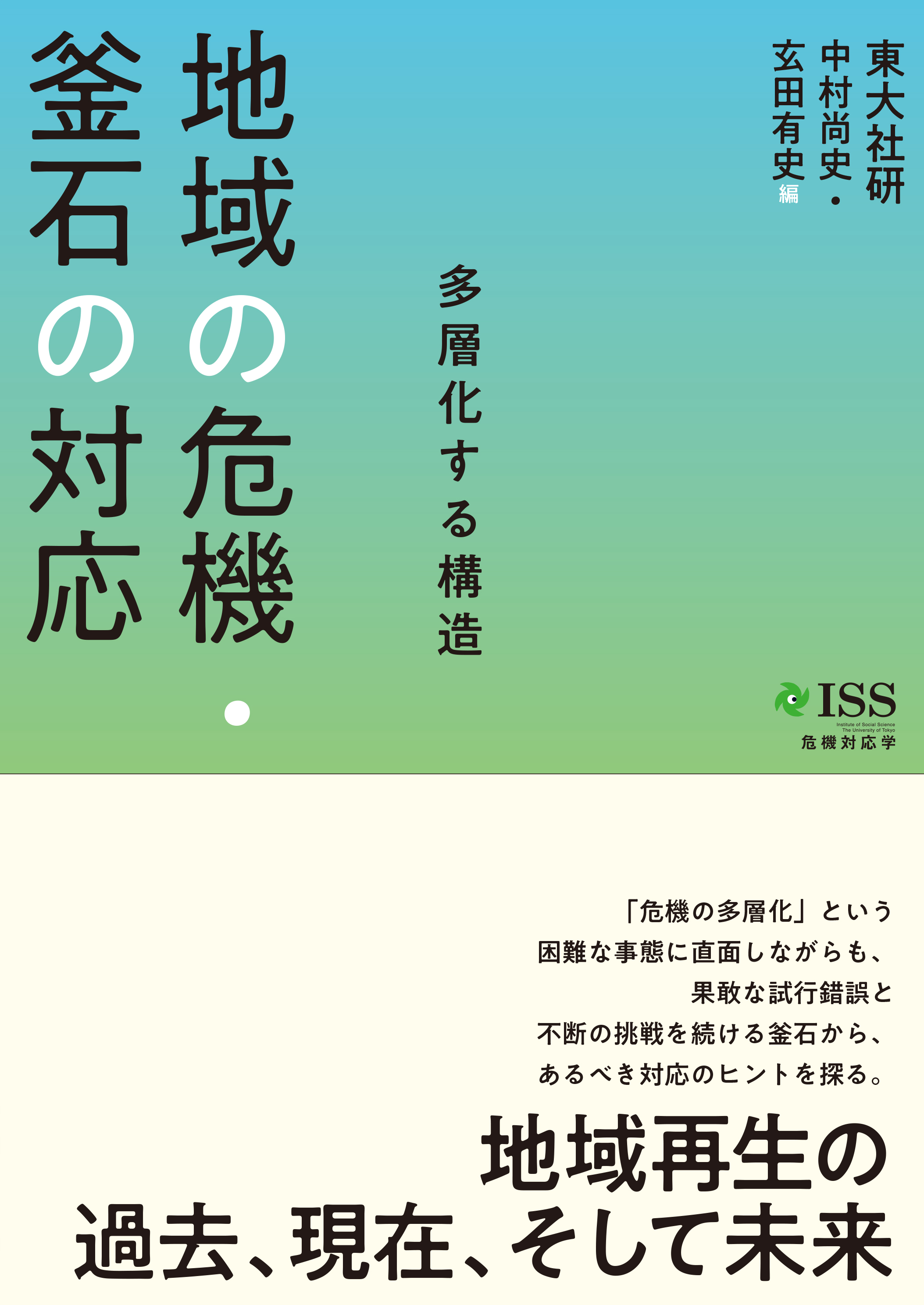
Title
Social Science of Crisis Thinking Chiiki no Kiki, Kamaishi no Taiou (Harnessing Crisis Locally - Trans-Disaster Experiences of Kamaishi City in Japan)
Size
448 pages, A5 format
Language
Japanese
Released
June 30, 2020
ISBN
978-4-13-030217-3
Published by
University of Tokyo Press
Book Info
See Book Availability at Library
Japanese Page
This book is the fruit of the Crisis Thinking Kamaishi Survey conducted as part of the Institute of Social Science, the University of Tokyo (ISS) “Social Sciences on Crisis Thinking” project.
Regions face multiple, overlapping crises that differ in dimensions and time-scales, increasing the possibility that managing one crisis will exasperate another. For example, constructing a massive seawall or substantially increasing the height of a levee in response to an acute crisis such as a tsunami is an expensive and lengthy process, which can delay the region’s recovery and accelerate the chronic crisis of depopulation. In addition, the fact that these multitiered crises progress in parallel while influencing each other is a reality shared by many regions and not just disaster-affected regions such as Kamaishi City, Iwate Prefecture. If that is the case, how have Kamaishi City and its residents, as representatives of regions facing the multilayered structure of crises, managed these crises in the past and how will they attempt to manage them in the future? The book’s 16 chapters, including the prologue and postscript, represent our investigations of this shared topic conducted from our respective vantage points.
In the prologue, we classify the historical crises faced by Kamaishi into acute crises (such as natural disasters) that require immediate, short-term responses, step-wise crises (such as changes in industrial structures) that require medium-term responses, and chronic crises (such as depopulation) that require long-term responses; we thereupon, explore the nature of responses to each of these crises. In addition, we make the point that this multilayering of crises complicates a community’s ability to appropriately respond. Part I, “Crisis Responses by Politics and Administrations,” investigates responses by the mayor and municipal government to crises as well as the role of local disaster prevention measures. Part II, “Crisis Response by Economic Actors,” covers the crisis response by businesses and the government with respect to the local economy. Part III, “Crisis Responses of Local Society,” discusses the nature of crises facing local society and the varied responses of individuals to these crises from a variety of standpoints. Part IV, “The Community’s Collective Memory and Crisis Response,” examines the question of how to effectively pass on the community’s collective memory to future generations by widening the scope of inquiry from memories of the earthquake disaster alone to include memories of social and cultural activities related to fishing, festivals, and so on. The postscript, “Crises and Hope,” attempts to envision a path for Kamaishi City to avoid the crisis of regional decline and create a new future through a unique approach based on everyday neta [schemes]. In communities experiencing the multilayering and complication of crises, the complete structure of crises is not easily understood and cannot be managed simply through large-scale engineering-type solutions. This chapter argues that, under such circumstances, resident-led community revitalization is possible through a bricolage-type assembly of small schemes developed by people using materials that are already within their reach. To this end, the chapter explains that what is needed for communities experiencing the harsh reality of multilayered crises is the establishment of large schemes (governmental policies) for aggregating small schemes (local actions/initiatives).
It is our greatest hope that the repeated trial and error processes and persistent attempts by Kamaishi City to overcome past and current crises will provide valuable insight for the many regions experiencing the advance of multilayered crises.
(Written by NAKAMURA Naofumi, Professor, Institute of Social Science / 2020)
Related Info
https://web.iss.u-tokyo.ac.jp/crisis/en/center/



 Find a book
Find a book


 eBook
eBook